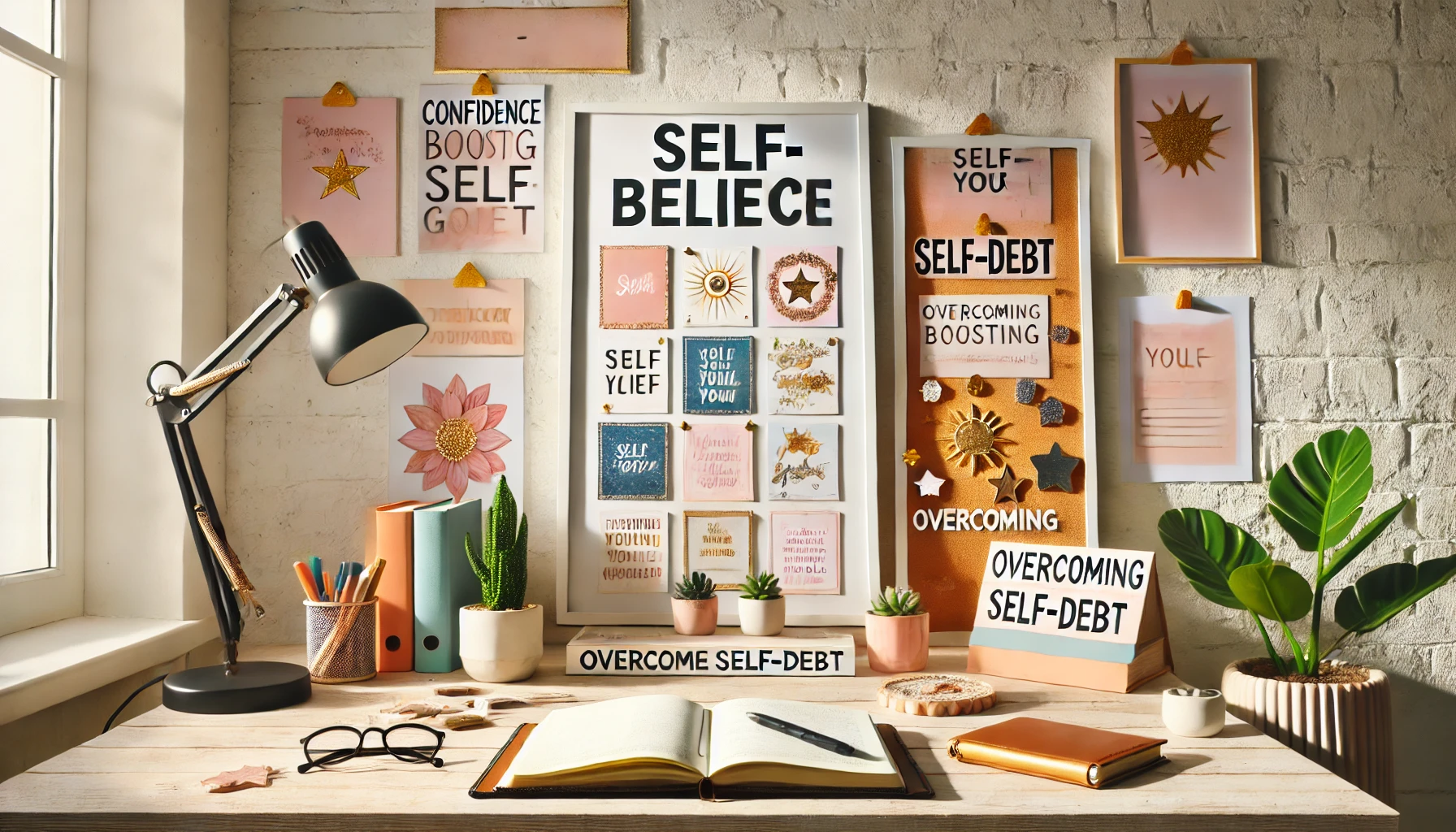Everyone struggles with self-doubt at some point — it’s part of being human. Whether you’re about to speak up in a meeting, make a career pivot, or lead a complex project, that inner voice can creep in: “Am I really prepared for this?” or “What if I fail?” Confidence isn’t the absence of fear or uncertainty — it’s the ability to act in spite of them.
The truth is, confidence is built, not inherited. It grows through experience, reflection, humility, and the courage to keep going even when you don’t have all the answers.
1. Understand the Two Sides of Confidence
Confidence isn’t about always being sure — it’s about trusting that you can respond. But there’s a line: healthy confidence keeps you in motion; overconfidence can lead you into assumptions, blind spots, or careless decisions. I’ve experienced both. I used to believe that careful planning alone would guarantee success — until I misjudged a project’s complexity and got caught off guard. It wasn’t a lack of confidence that caused the issue. It was too much of it, applied without balance. That was a hard but necessary lesson. The solution? Learn to question your assumptions, not your value — and seek wise counsel when it counts.
2. Train Yourself to Notice Limiting Thoughts
Self-doubt often operates quietly in the background. It shows up in thoughts like “I probably shouldn’t say anything,” or “They’ll think I’m not good enough.” These thoughts are normal — but they’re not necessarily true. Your job is to interrupt them before they dictate your choices. Pause and ask: Where is this belief coming from? What evidence supports it? What would I say to a friend in my place? Thought awareness is the first step toward inner stability.
3. Use Your Past as Proof, Not Pressure
When doubt hits, we tend to forget what we’ve already overcome. Instead of replaying what could go wrong, revisit what’s gone right. Keep a personal “confidence log” of projects you’ve completed, problems you’ve solved, and risks that paid off. You don’t have to exaggerate wins — just remind yourself of your resourcefulness. If you’ve done it before, you can do it again — even if this time looks different.
4. Choose Action Over Rumination
Confidence doesn’t arrive before the task — it grows during and after. You don’t become confident to act — you act to become confident. Pick one action, even small, that moves you forward. Make the call. Send the email. Offer your idea. Confidence is not a feeling to wait for — it’s a habit to build.
5. Know When to Seek Perspective
Doubt becomes dangerous when it turns into isolation. If you’re stuck in your own head, get out of it. Ask a mentor, a coach, or someone you trust: What do you see that I might not be seeing? Some of the best adjustments I’ve made in my career only happened because someone I respected pointed out a blind spot — not to criticize, but to challenge me forward. Healthy confidence grows stronger with good guidance.
6. Stop Using Others as a Measuring Stick
Comparison erodes confidence, especially in the age of curated digital lives. It’s tempting to measure your timeline against someone else’s highlight reel. Resist it. Their path is not your path. If someone else’s success inspires you, great — learn from it. But if it discourages you, step back and recenter on your own goals. Confidence grows when you focus on progress, not competition.
7. Adjust How You Carry Yourself
Your physiology influences your psychology. The way you breathe, stand, and move sends signals to your brain about how to feel. You don’t have to fake confidence — but try standing with presence. Uncross your arms. Slow your breath. Make eye contact when speaking. These small shifts don’t just change how others see you — they shift how you show up for yourself.
8. Redefine Mistakes as Information
Self-doubt often intensifies after failure. But failure is data — not identity. If something didn’t work, ask: What part of this was in my control? What will I try differently next time? Every misstep has a lesson buried in it. The more you train yourself to mine it, the faster you’ll recover — and the more resilient your confidence becomes.
9. Set Micro Goals That Build Trust
Confidence isn’t about achieving grand milestones. It’s built in small, repeatable ways. Set goals that are just slightly out of reach — and follow through. Each time you finish something you committed to, no matter how minor, you tell your brain: I can be trusted to follow through. Over time, this creates an internal foundation that doubt can’t easily shake.
10. Accept That Confidence Will Waver — and That’s Normal
You won’t feel confident all the time. You don’t need to. Confidence isn’t about being bulletproof — it’s about being willing. Willing to try again. Willing to ask questions. Willing to be a beginner when necessary. What matters most is that you keep moving, adjusting, and showing up anyway.
Final Thoughts: Confidence Is Built in Motion, Not Perfection
You don’t have to feel fearless to lead, speak up, or take action. You just need enough belief to start — and the willingness to keep learning. For me, building true confidence required stepping back from the illusion of control. It meant asking for feedback when I didn’t want to hear it, admitting when I’d overestimated myself, and growing through discomfort.
Now, I no longer see confidence as something static. I see it as dynamic — something you strengthen through decisions, relationships, and experiences that expand your view of what you’re capable of.
Don’t wait until you feel ready. You probably won’t.
Act anyway. Reflect. Adjust. Grow.
Confidence will meet you in motion.

